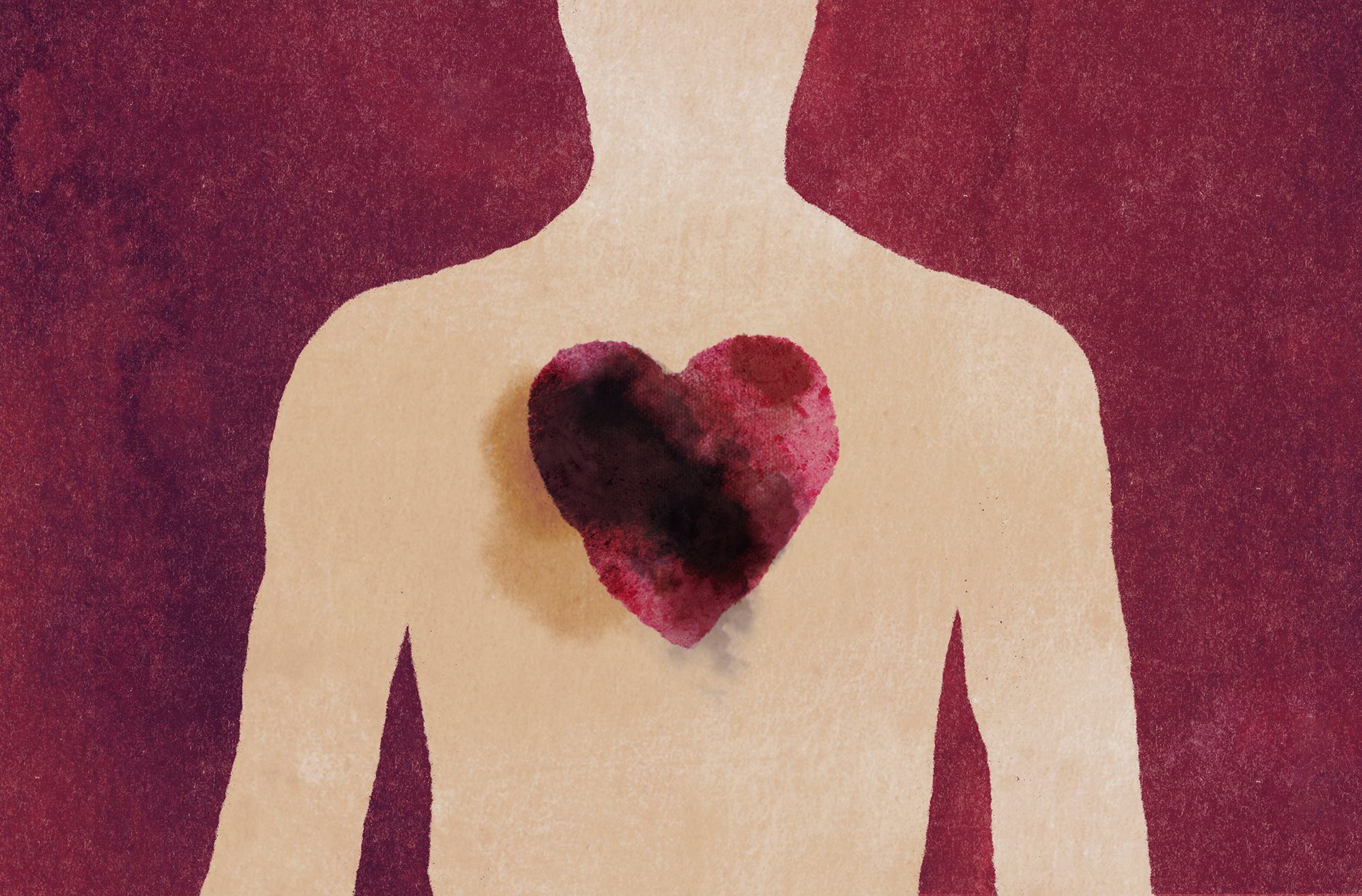

My question could come across as kink shaming. That is not my intent. I am a habitual self-harmer who is planning to seek therapy. However, I find myself unable to stop comparing attitudes towards the kind of self-harm I’ve engaged in with attitudes toward BDSM pain play. When I was a teenager, I would describe myself as a masochist because I was unaware of the sexual connotations of the word, and I bought into the stereotype that self-harm was only self-harm when it was done by an emo kid cutting themselves with a razor blade. My method was different: blunt force. In my view, the self-harm I engage in is no less ethical or healthy than the kind of “pain play” I’ve read about others engaging in.
My self-harm provides catharsis for the sadness and anger I feel. Sometimes when my negative emotions are intense, I...


